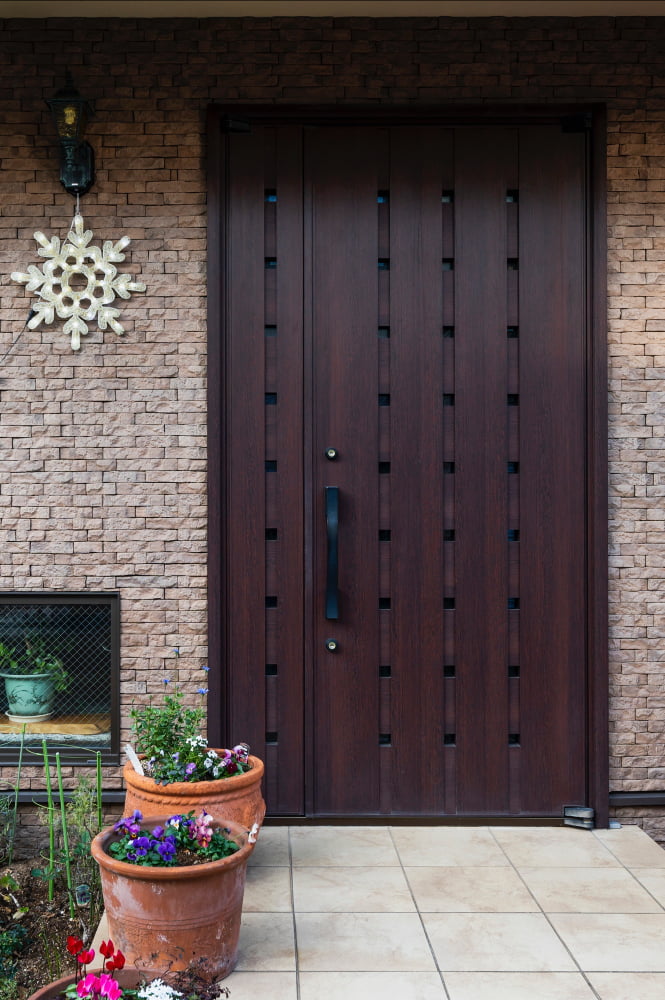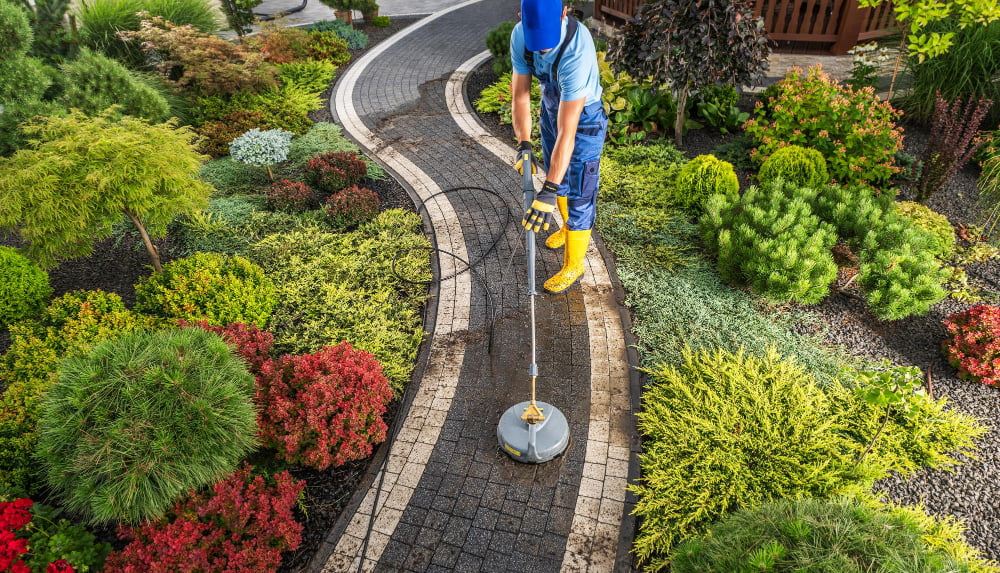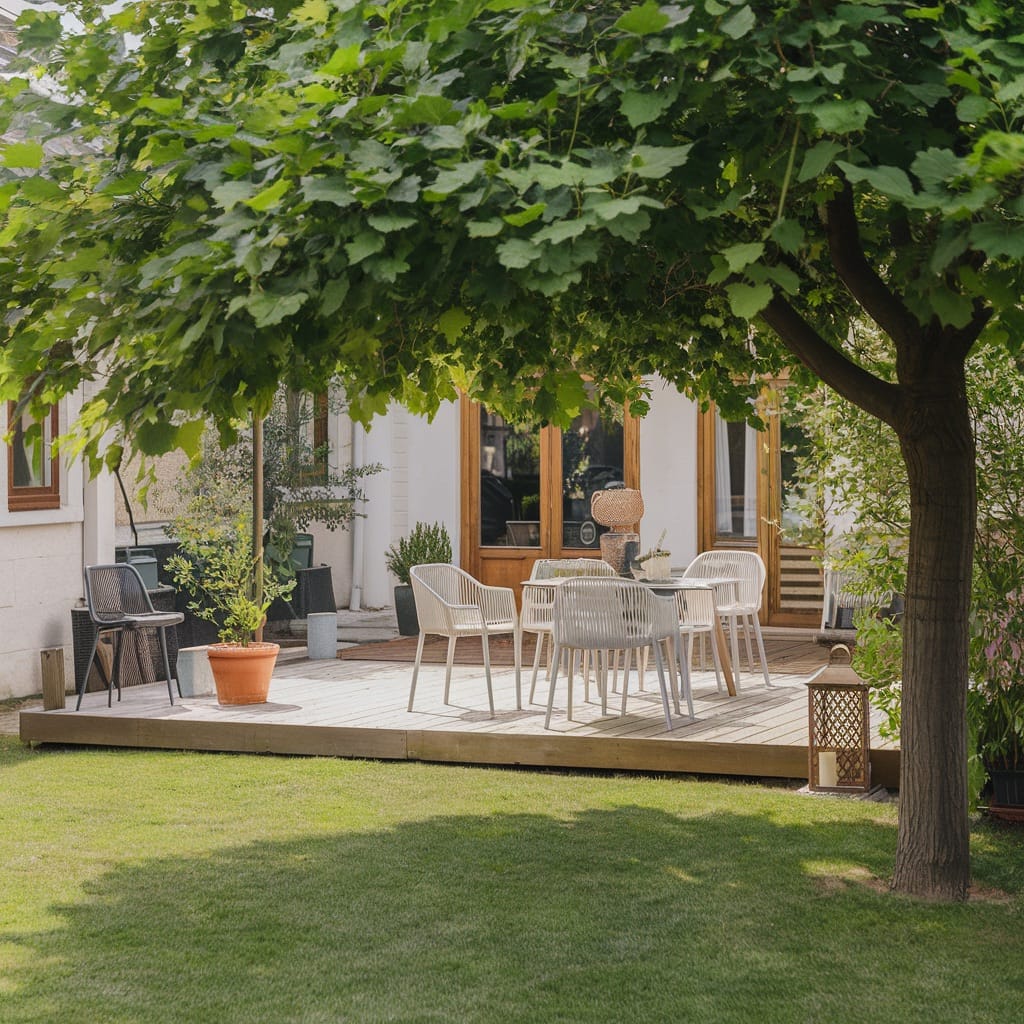Last updated on
Remodeling your house can be an exciting endeavor, offering the opportunity to enhance your home’s safety and aesthetics. Whether you’re looking to update outdated features, improve functionality, or increase property value, careful planning, and strategic renovations can transform your house into a safer and more visually appealing space.
This comprehensive guide will explore various remodeling ideas and tips to help you achieve a safer and better-looking home.
Assessing Safety Needs

Before diving into any remodeling project, assessing your home’s safety needs is essential. Have a thorough inspection done to identify potential hazards or areas requiring attention. Consider electrical wiring, plumbing systems, structural integrity, and fire safety measures. Seasoned contractors providing Davenport windows and doors replacement recommend prioritizing the evaluation of windows and doors as part of your safety assessment.
Windows and doors serve as crucial points of entry and exit in your home and provide natural light, ventilation, as well as protection from the elements. Inspect windows and doors for indications of wear and tear, such as damaged frames, cracked glass, or faulty locks and hinges. Addressing these concerns upfront will lay the foundation for a safer living environment.
Investing in home security upgrades can significantly improve your household’s safety and peace of mind. Consider installing a comprehensive security system equipped with cameras and motion sensors, as well as alarms to deter intruders and monitor activity around your property. Reinforce entry points, including doors and windows, with sturdy locks and deadbolts. Additionally, consider upgrading outdoor lighting to illuminate dark areas and deter potential burglars.
Outdated electrical systems pose a significant safety risk and may increase the likelihood of electrical fires or shocks. If your home’s wiring is old or faulty, consider hiring a licensed electrician to inspect and upgrade the electrical infrastructure. Install ground fault circuit interrupters (GFCIs) in areas like kitchens, bathrooms, and outdoor areas to protect against electrical hazards. Additionally, consider replacing outdated outlets and switches with modern, tamper-resistant alternatives.
Poor indoor air quality harms your health and well-being, particularly for individuals with respiratory issues or allergies. Improve indoor air quality by installing high-efficiency air filtration systems or air purifiers. Proper ventilation is essential to remove pollutants and ensure adequate airflow throughout your home. Consider adding exhaust fans in kitchens and bathrooms to remove excess moisture, reducing the risk of mold and mildew growth.
Updating Flooring and Finishes
Updating flooring and finishes can dramatically enhance your home’s overall appearance and safety. Choose durable and easy-to-clean materials such as hardwood, laminate, or tile flooring, particularly in high-traffic areas. Replace worn-out carpets or rugs that may pose tripping hazards, especially on stairs or in dimly lit areas. Consider installing slip-resistant flooring in bathrooms and entryways, reducing the risk of slips and falls in wet conditions.
Retrofitting for Accessibility
If you or a family member have mobility limitations or disabilities, retrofitting your home for accessibility can significantly improve safety and independence. Install grab bars and handrails in bathrooms as well as along staircases to provide support and stability. Consider widening doorways and hallways, and accommodating wheelchairs or walkers.
Replace traditional door knobs with lever-style handles for more straightforward operation. Additionally, consider installing ramps or lifts to overcome architectural barriers and improve access to different areas of the home.
Natural light highlights the aesthetic appeal of your home and contributes to a sense of spaciousness and well-being. Maximize natural light by strategically placing windows and skylights to allow sunlight to penetrate deep into your living spaces.
Consider installing energy-efficient windows with low-emissivity coatings to minimize heat loss and reduce utility costs. Opt for sheer curtains or blinds that you can easily adjust to control natural light and privacy. Consider using reflective surfaces to amplify the effect of natural light and create a bright and airy atmosphere throughout your home.
Incorporating Smart Home Technology
Integrating smart home technology into your plans adds convenience, efficiency, and security to your living environment. Explore smart thermostats, lighting systems, and door locks that can be controlled remotely through a smartphone or voice commands. Install intelligent smoke and carbon monoxide detectors that provide real-time alerts and notifications to your mobile devices.
You can create a safer home environment by leveraging the power of automation and connectivity. Consider integrating smart home security cameras and sensors to monitor your property and provide real-time alerts in case of suspicious activity or emergencies, further enhancing the safety and protection of your home.
Maintaining Exterior Landscaping
Don’t overlook the importance of exterior landscaping when remodeling your home. Well-maintained landscaping enhances curb appeal and contributes to safety and security. Keep trees and shrubs trimmed to prevent overgrowth that may obstruct pathways or obscure visibility. Ensure outdoor lighting is adequately maintained to illuminate walkways and deter intruders.
Consider adding motion-activated lights or solar-powered fixtures for added convenience and energy savings. Regularly inspect and maintain outdoor landscaping features to ensure they remain in optimal condition, creating a welcoming environment for residents and visitors alike.
Hiring Professional Contractors

While some remodeling projects can be DIY-friendly, others may require the expertise of professional contractors or tradespeople. When hiring contractors, do your due diligence by checking references, verifying credentials, and obtaining multiple bids for comparison. Communicate your expectations clearly and establish a detailed contract outlining the scope of work and timeline, as well as your budget.
Regularly communicate with your contractors throughout the project to ensure progress is on track, addressing any issues promptly. Ask for proof of insurance and licensing to ensure you’re working with reputable professionals.
Collaborate with your chosen contractors to create a realistic timeline and budget, considering potential setbacks or unforeseen expenses. Finally, maintain open communication and promptly address any concerns or changes to ensure a smooth and successful remodeling process.
Remodeling your house to make it safer and better-looking is a worthwhile investment that can enhance your quality of life and the value of your property. By prioritizing safety considerations, implementing strategic upgrades, and leveraging innovative design solutions, you can create a home environment that is aesthetically pleasing and functionally efficient.
Whether updating outdated features, improving accessibility, or enhancing security measures, careful planning and execution will ensure that your remodeling project achieves the desired results and provides lasting benefits for years.
Recap:



